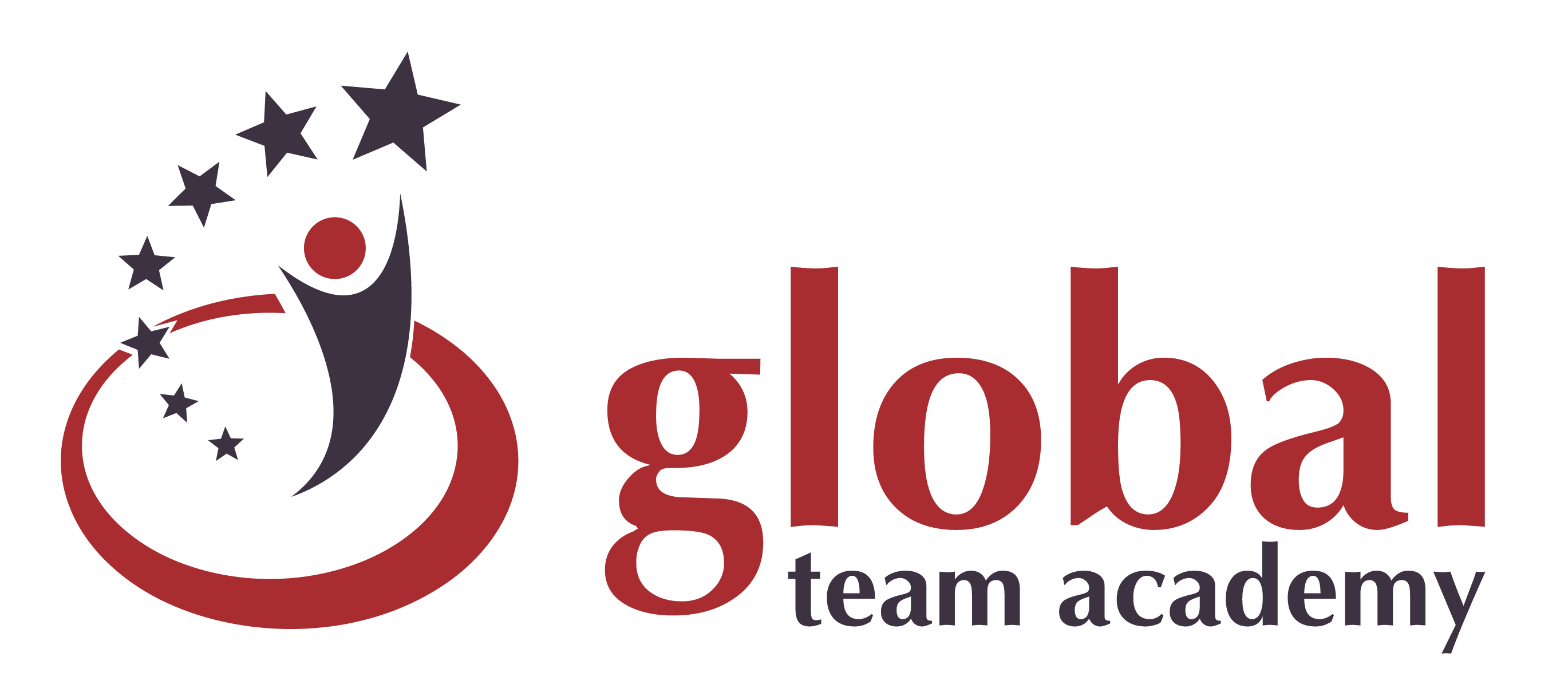TRAINING PROPOSAL
HAZARD IDENTIFICATION, RISK ASSESSMENT AND CONTROL
Hazard Identification, Risk Assessment, and Control (HIRAC) have become fundamental to the practice of planning, management and the operation of a business as a basis for risk management. This was recognized as the proactive way of managing hazard and risk so that we will able to control the identified hazard before it becomes the root cause of an accident.
This 1-day training program will give the participant skill and knowledge on the best way of developing HIRAC activities at the workplace and to develop appropriate hazard identification, risk assessments, and controls based on the health and safety management standard.
PROGRAM OUTCOMES
Upon completion of this program, the participants will learn:
- How to identify health and safety hazards
- How to identify their own organization’s aspects and hazards
- Techniques for evaluating and managing significant aspects/risks
- How to develop an evaluation methodology
PROGRAM OUTLINE
1. Overview of the Occupational Health and Safety Management System
2. HIRAC – Definitions and Concepts
3. Process of HIRAC
4. Hazard Identification Tools
5. Types of hazards with prompt lists
- Chemical
- Physical
- Biological
- Ergonomics
- Mechanical
- Electrical
- Machinery
- Psychosocial
6. Risk assessment
- Risk rating formula
7. Analyzing risk
- Likelihood consideration
- Severity consideration
8. Evaluation of risk based on existing control measures
- Engineering
- Administrative
- Personal Protective Equipment
- Risk category summation
9. Risk control approach
- Risk control hierarchy
- Elimination
- Substitution
- Objectives setting





